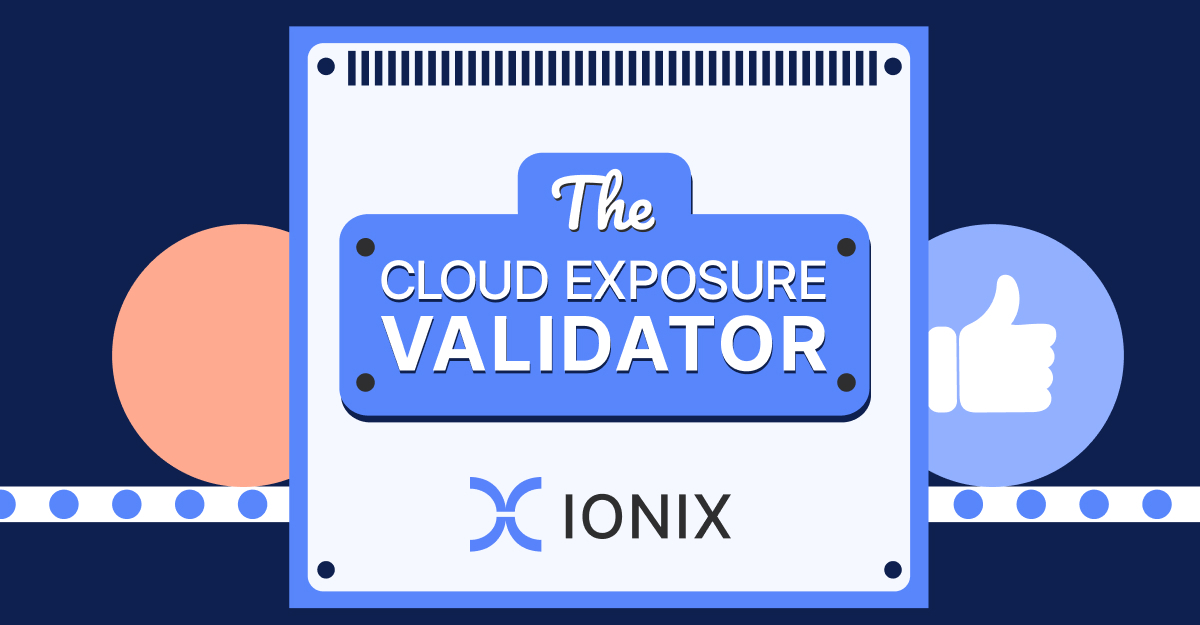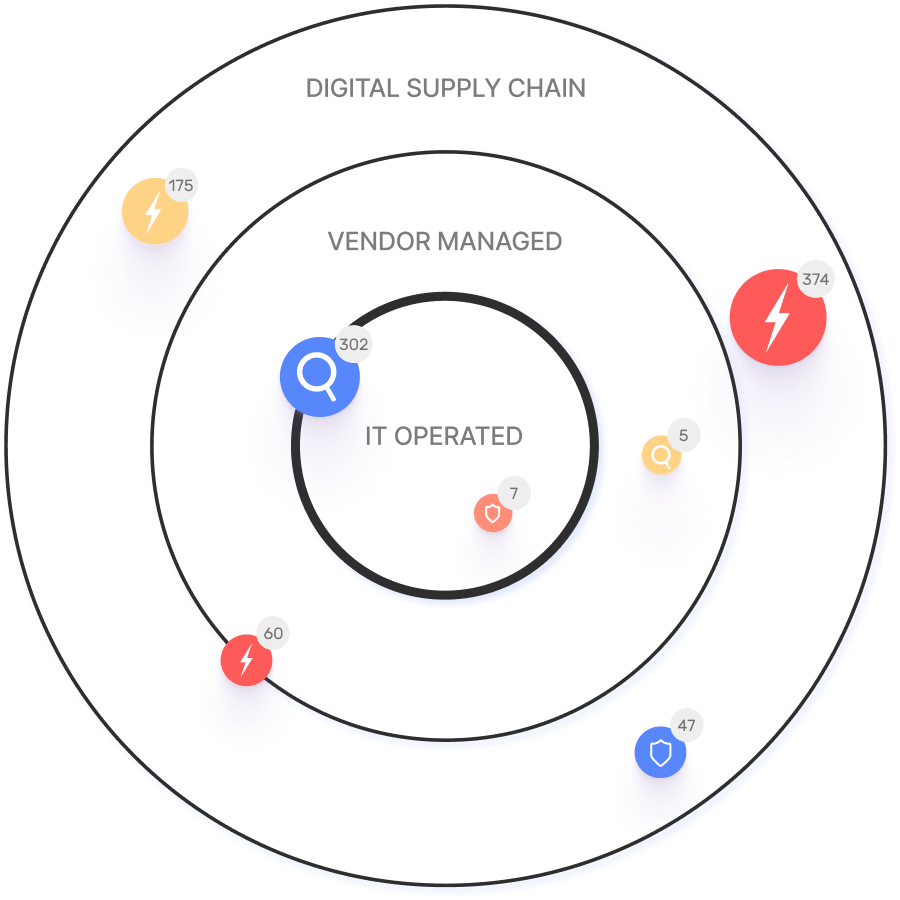OWASP Top 10: Vulnerable and Outdated Components
Most software has some reliance on third-party components. Rather than reinvent the wheel, a developer can import a library or package that implements the desired functionality. Done properly, this can improve software efficiency and security — if the third-party code is well written — and enable developers to use functionality that they lack the knowledge to implement themselves, such as advanced AI capabilities.
In this article
However, this use of third-party code also carries certain risks, including the potential that these packages and libraries contain exploitable vulnerabilities. Vulnerable and outdated components may exist if an application uses third-party code without applying the required updates and patches.
What is the Risk?
If an application uses third-party components, keeping this external code up-to-date is essential for the application’s security. If a vulnerability is found in an open-source library or other third-party code, an attacker may be able to exploit any software developed using that library.
These third-party components could contain any type of vulnerability, potentially leading to data breaches, Denial of Service (DoS) attacks, or similar threats. Additionally, since the vulnerability doesn’t exist in the code actually written by the company’s developers, they may have less visibility into it and miss the fact that a security update impacts their application.
Examples of Attack Scenarios
The vulnerabilities that fall into this category of the OWASP Top Ten differ from other threats only in their location in the organization’s codebase. An SQL injection or Server-Side Request Forgery (SSRF) vulnerability in a third-party library may fall into this vulnerability class as well as the one for the specific vulnerability itself.
This means that attackers can exploit this security error in various ways. For example, if an application uses a library with an SQL injection vulnerability, the attacker could exploit this vulnerability to access or modify data within the database. This could result in a breach of sensitive information or the corruption or loss of valuable business data.
Alternatively, a third-party component may contain a remote code execution (RCE) vulnerability that the attacker could exploit. If this is the case, an attacker may be able to run code on the web server with the same access and privileges as the vulnerable application itself. This too could be used to steal sensitive data or may provide the attacker with a foothold to target the rest of an organization’s network environment.

Case Study: Log4Shell
Log4j is a widely used open-source logging framework for Java applications. However, in 2021, a vulnerability by the name of Log4Shell, tracked as CVE-2021-44228, was discovered in the framework. The flaw received a 10.0 score on the Common Vulnerability Scoring System (CVSS) and permitted RCE. It was also easy to exploit and impacted hundreds of millions of devices.
While a patch was quickly made available, it was not universally applied. A year later, Log4Shell was still one of the most widely exploited vulnerabilities since many applications still used the unpatched and vulnerable version of the library.
How to Remediate Vulnerable and Outdated Components
Vulnerable and outdated component security risks arise from a failure to promptly apply security updates to third-party packages and libraries.
Some security best practices that can help mitigate these issues include:
- Minimize Third-Party Code Usage: Each third-party library included within an application expands the organization’s digital attack surface and increases the difficulty of patch management. Limiting the use of third-party dependencies and removing unused ones from an application reduces the risk that a third-party component will introduce exploitable vulnerabilities into an application.
- Import Components from Trusted Sources: Supply chain attacks are a common threat vector, and not all third-party code is equally well-written and secure. Importing components from trusted sources and verifying their authenticity where possible reduces the risk of vulnerable or malicious components being added to an application’s codebase.
- Maintain a Software Bill of Materials (SBOM): An SBOM provides visibility into all of the third-party components used by an application. Creating an SBOM and keeping it up-to-date helps to identify the use of potentially vulnerable components.
- Monitor for Updates and CVEs: Check regularly to see if updates are available for components listed within the SBOM. Similarly, monitor Common Vulnerability and Exposures (CVE) lists for vulnerabilities associated with third-party components used by the organization.
- Apply Patches Promptly: When a new update or patch is released, it should be promptly integrated into the application. CI/CD pipeline should be configured to use the most recent version of a library available.
- Check for Abandoned Libraries: Some third-party libraries or packages may no longer be maintained by their creators. When possible, avoid using unmaintained code or implement a process for creating and applying patches for any newly discovered vulnerabilities.
How IONIX Can Help
Vulnerable and outdated components can be difficult to identify within an application since they’re not part of the code that the development team writes. Additionally, applications may be vulnerable due to indirect dependencies, where a library imported by an application has its own imports, which may contain vulnerabilities.
The IONIX platform proactively performs simulated attacks against OWASP Top Ten vulnerabilities as part of its risk assessment process. By doing so, it can help to identify the hidden risks associated with an application’s vulnerable third-party components. To learn more about securing your digital attack surface with IONIX, request a free demo.



